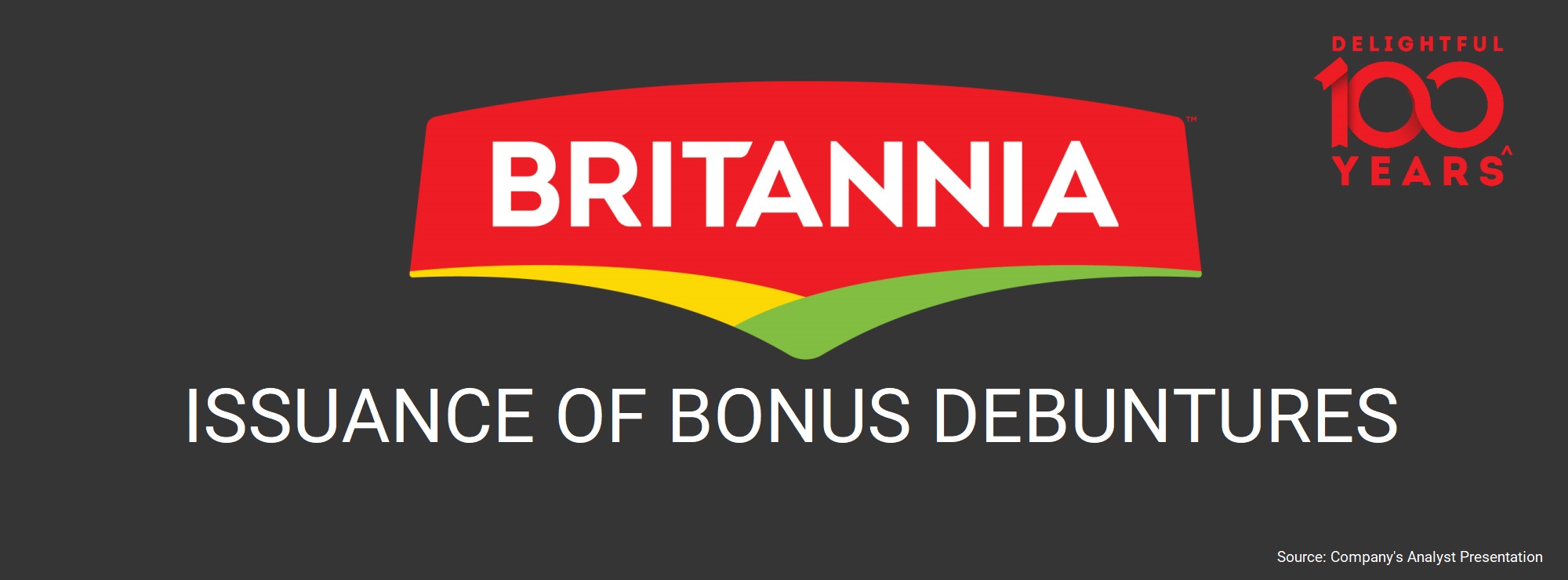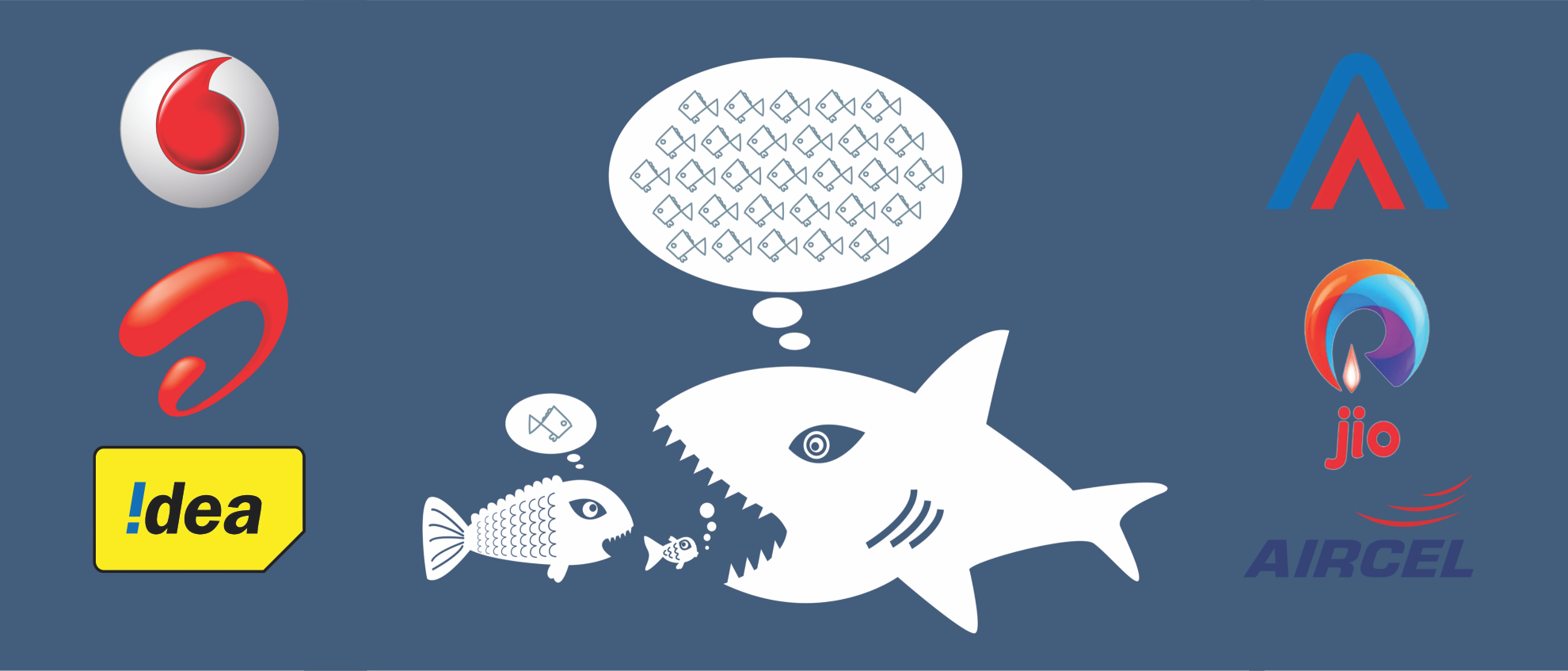While the Dish TV stock is up 7% since the announcement of its merger with Videocon d2h (d2h), there are no near-term gains for Dish TV shareholders. Any major re-rating of the stock, say, analysts, would depend on the integration and unlocking of synergies between the two companies, and this will take time as the deal is expected to fructify only in the second half of 2017.
Also, there would not be any immediate gains because the deal has not come cheap. Given the share-swap ratio, which will entail offering 85.8 million new shares to d2h shareholders, the deal ascribes an equity value for d2h at Rs 7,500 crore and an enterprise value (EV) of Rs 9,042 crore. Given its market capitalization (m-cap) of Rs 5,560 crore (as on November 10), the shareholders of Nasdaq-listed d2h have got a 35% premium.
Phillip Capital’s Manoj Behera believes that prima facie, the deal looks expensive, given the 7.4 times enterprise value-Ebitda ratio for d2h, which is in line with Dish TV’s current trading multiple. “d2h was barely able to service its debts and was burdened with high-cost debt of Rs 1,540 crore with an average cost of debt at 16-17%,” he says. For FY16, d2h had an Ebitda of Rs 800 crore, while the cost side included a capex of Rs 700 crore and an interest expense of Rs 300 crore. Emkay analysts, however, say the deal is fairly valued considering the high growth rate of d2h and potential savings for the merged entity.
Dish TV: Merger gains outweigh integration challenges The deal valuation will look justified only if the merged entity can extract synergies, which are pegged at Rs 500-600 crore in FY19 as it then becomes value-accretive for Dish TV. The biggest saving is expected to come from lower content costs. The reason for this is the birth of a powerhouse in terms of subscriber base. The merged entity would have a combined subscriber base of 27.6 million with 10% being HD subscribers. This will translate into a market share of 40% in the DTH (direct-to-home) segment, 19% of the pay-TV market (cable + DTH) and 16% of all TV households.
This subscriber base will give Dish TV the power to negotiate with broadcasters for lower content costs. d2h’s content cost per subscriber at Rs 72 is 48% higher than that for Dish TV. On this cost head alone, analysts believe volume-based discounts should help the merged entity get savings of Rs 150 crore per annum.
The other savings will be on transponder costs as both companies pay about Rs 150-170 crore each annually and this can come down by about 40%.
The higher subscriber base will also help the company increase ancillary revenues from charging a higher carriage fee as well as advertising revenues. Both companies generate Rs 130-150 crore each from these two sources annually and this could double for the merged entity. Given revenues of Rs 3,000 crore, this constitutes just five % of their individual turnover but could become an important source of incremental revenues and margins. Further, a common administrative infrastructure should help save 10-15 % on overall expenditure.
All these should reflect in the operating profit margins to improve by about 300 basis points over the next couple of years. While margins were at 33 % for both in the first half of FY17, this should move towards 36-37% in FY19. The company, for now, intends to keep its multiple brand strategy (Dish, Zing, d2h) going given the strength of the brands, customer base and segments it is targeting. The combined distribution reach in urban and rural areas will also help it expand its presence.
Recent Articles on M&A
Source: Business-Standard




